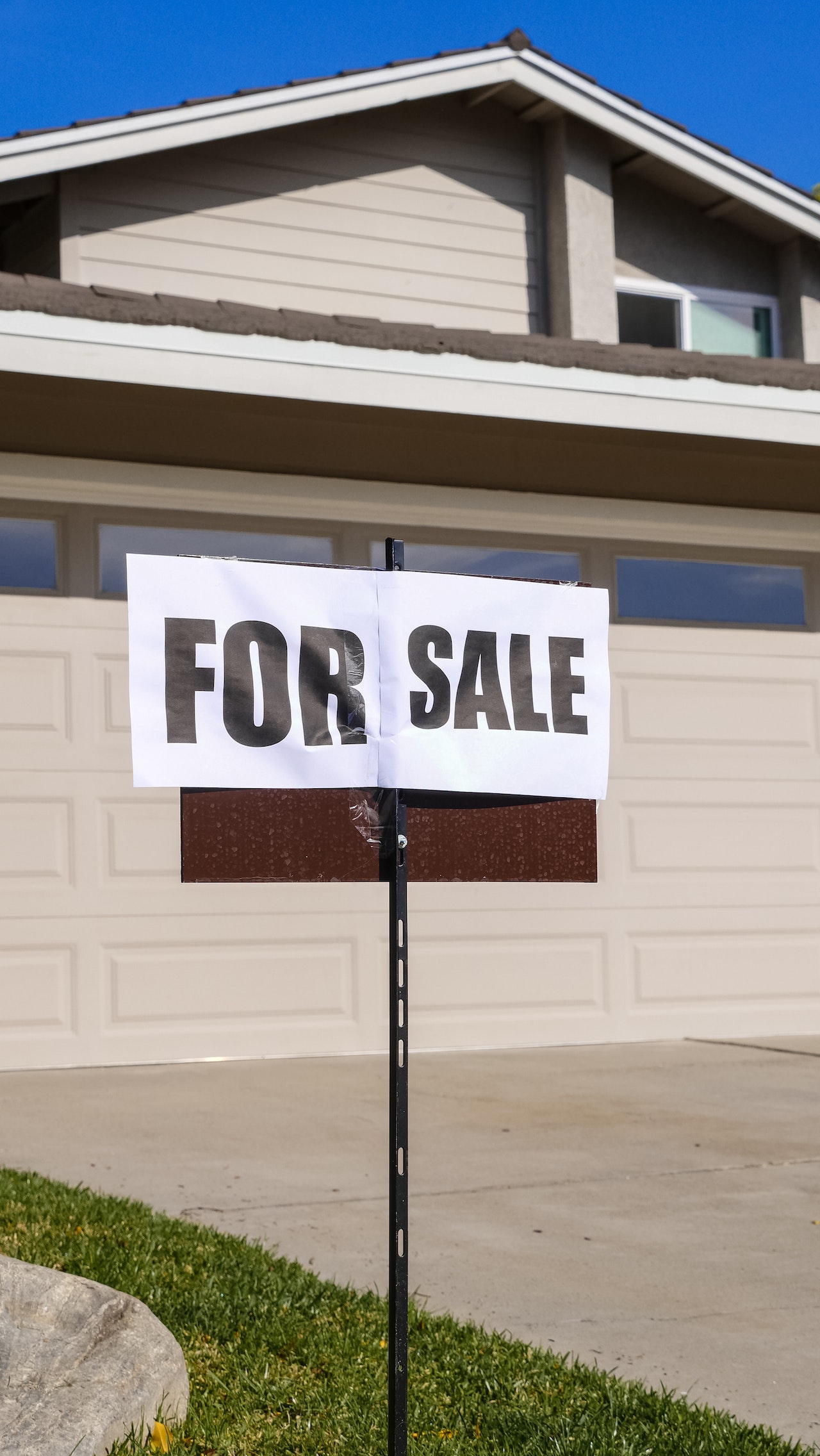The resale housing market faced another significant setback in September, as revealed in the latest data released by the National Association of Realtors (NAR). The report indicated a concerning decline in sales of previously owned homes, painting a grim picture for both homebuyers and sellers. Sales plummeted by 2% from August, resulting in a seasonally adjusted annual rate of 3.96 million units. This marked a staggering 15.4% decrease compared to the same period last year. Disturbingly, the NAR is now predicting a further 20% drop in sales for the entire year.
One of the key factors contributing to this ongoing slump in the resale housing market is the heavy blow dealt by high mortgage rates, severely affecting both the supply and demand sides of the housing market. These elevated interest rates have discouraged potential buyers and also subdued the urge to sell among current homeowners. The situation is expected to worsen if interest rates continue to climb. Jiayi Xu, an economist at Realtor.com, expressed her concerns before the report was made public, emphasizing the hurdles faced by first-time homebuyers in their pursuit of a suitable residence.
With mortgage rates hovering near 20-year highs and showing no signs of relenting, the issue of housing affordability is becoming increasingly acute for households across the nation. This has led to the unfortunate consequence of pricing out first-time homebuyers, who typically remain more sensitive to price and rate fluctuations. Alarmingly, these buyers constituted just 27% of sales in September, a statistic that mirrors the all-time low of 26% recorded in 2022.
Another substantial challenge is the woefully low number of homes available for sale in the market. Currently, there are only 1.13 million units on the market, reflecting an 8.1% drop compared to the levels seen a year ago. This number represents the lowest count for the month since 1999. While the drops in sales and inventory are concerning, the constricted supply continues to drive housing prices higher. The median price for existing homes in September stood at $394,300, reflecting a 2.8% increase from the previous year.
Remarkably, median prices saw a surge across all regions of the United States, with the Northeast experiencing a 5.2% rise to $439,900 year-over-year. Meanwhile, the Midwest saw a 4.7% increase to $293,300, the South witnessed prices go up by 3.1% to $360,500, and prices in the West rose by 1.8% to reach $606,100.
Lawrence Yun, the chief economist at NAR, noted, “For the third consecutive month, home prices have risen from the previous year, underscoring the dire need for increased housing supply.” This escalating trend in housing prices is amplifying the challenges faced by both buyers and sellers in the current market.
In sum, the housing market’s dynamics appear increasingly bleak, with surging prices, high mortgage rates, and a dwindling inventory making it exceedingly difficult for individuals to find viable opportunities in the real estate sector. Consequently, it is no surprise that Americans are struggling to navigate the tumultuous terrain of homebuying and selling in 2023. The hurdles they face are substantial and necessitate careful consideration of the ever-evolving housing landscape.
Source: Yahoo Finance



